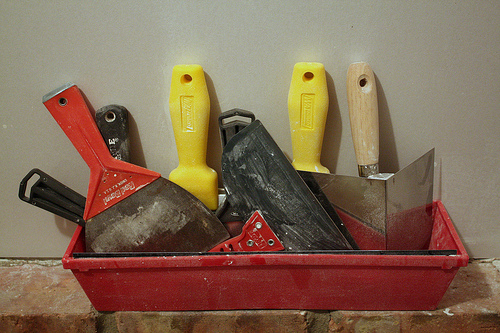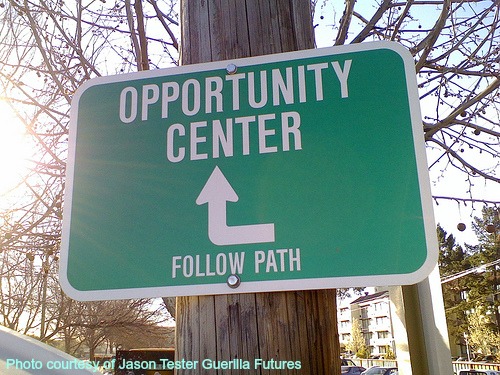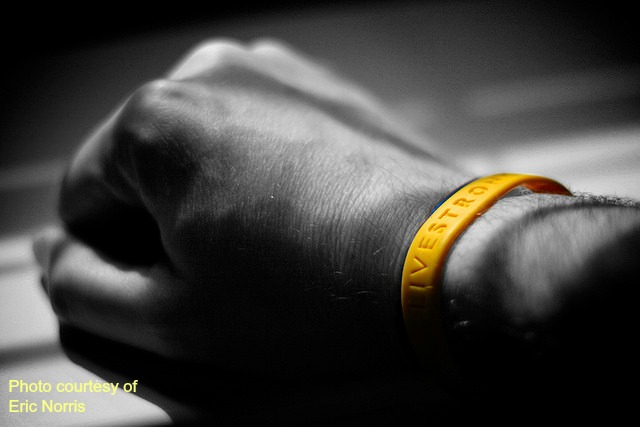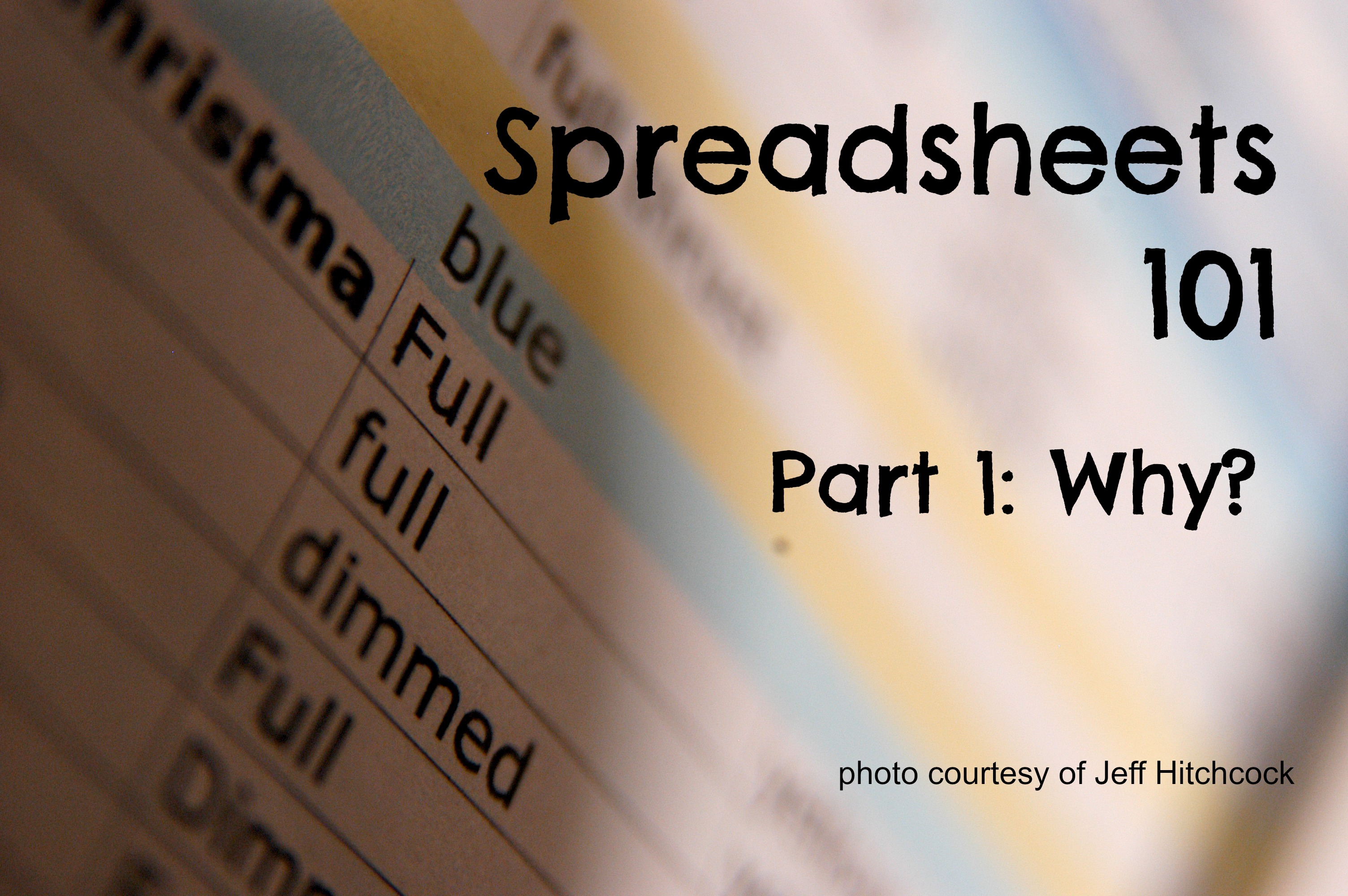Properties that are damaged by fire, water, storms, smoke, or mold require the services of a professional. This is a job for Nate Dawson, Restoration Hero and President of Sterling Restoration. Read on to see how he uses math to
Math at Work Monday: Nate the Restoration Hero











